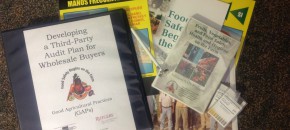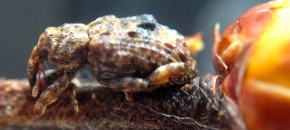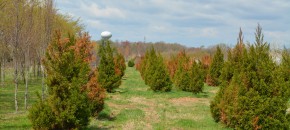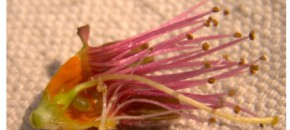Date: Thursday, May 7, 2015 Time: 6:00 p.m. – 8:45 p.m. Location: Rutgers Snyder Farm, 140 Locust Grove Road, Pittstown, NJ 08867 Agenda 6:00 p.m. Orchard Tour – Leaves promptly at 6:00 p.m. Observe NC-140 – Apple Rootstock Trials Observe 5 high density apple Tall Spindle Apple Plantings and Trellis Systems Planted 2002, 2008, 2010, […]
Continue reading...Fire Blight Alert
The Cougar Blight model over at NEWA is predicting a high risk of fire blight for this coming week, due to the coming hot weather and high humidity along with a chance of showers. Currently May 5-9 looks like a high risk period for infection. Growers should apply antibiotic to any apple or pear blocks […]
Continue reading...Audit Ready:
Can You Make Corrective Actions During An Audit?

Third party audits can be stressful for everyone at the farm. Farm management and employees need to think about how they will react should something not go as planned during the audit. Growers need to understand that the auditor will allow for some corrective actions to take place during the audit, if they are reasonable and if […]
Continue reading...Fruit IPM Report 4-28-2015

Download PDF version Peach Petal Fall Insect Complex: An OFM biofix was set for April 20 in southern counties. Treatments for the first flight will be due at 170-200 degree days after the first trap captures or “biofix.” According to the NEWA weather station in Upper Deerfield, we have had 49 degree days accumulate since […]
Continue reading...Winter’s Continuing Legacy

Despite a winter we all want to forget, it never ends if you are a pathologist. Everywhere I look there is plant damage due to the extreme winter. Broad-leaved evergreens seemed to take it hard again this year, particularly some of the hybrid hollies. Frozen roots and heavy winds, along with the need to transpire on sunny […]
Continue reading...Fruit IPM Report 4-24-2015

Download PDF version Peach Brown Rot: Blossom infections from the brown rot fungus can occur whenever pistils are exposed and a favorable climate exists. Infections can occur during any wetting period when temperatures are between 41 and 86°F. However optimum conditions for infection occur with wetting and temperatures in the mid 70’s. During long wetting […]
Continue reading...